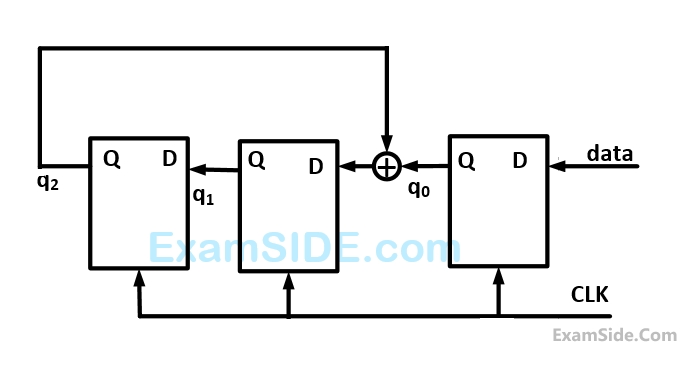Query1:
Select A.customer, count(B.customer)
From account A, account B
Where A.balance <=B.balance
Group by A.customer
Query2:
Select A.customer, 1+count(B.customer)
From account A, account B
Where A.balance < B.balance
Group by A.customerConsider these statements about Query1 and Query2.
1. Query1 will produce the same row set as Query2 for some but not all databases.
2. Both Query1 and Query2 are correct implementation of the specification
3. Query1 is a correct implementation of the specification but Query2 is not
4. Neither Query1 nor Query2 is a correct implementation of the specification
5. Assigning rank with a pure relational query takes less time than scanning in decreasing balance order assigning ranks using ODBC.
Which two of the above statements are correct?$$\eqalign{ & AB \to CD,\,AF \to D,\,\,DE \to F, \cr & C \to G.\,\,\,\,\,\,\,\,\,\,F \to E.\,\,\,\,\,\,\,\,\,G \to A. \cr} $$
Which one of the following options is false?


A disk seek takes $$4ms$$, disk data transfer bandwidth is $$300MB/s$$ and checking a tuple to see if amount is greater than $$x$$ takes $$10\mu s.$$ Which of the following statements is correct?

The following data: $$100110000$$ is supplied to the ''data'' terminal in nine clock cycles. After that the values of $${q_2}{q_1}{q_0}$$ are